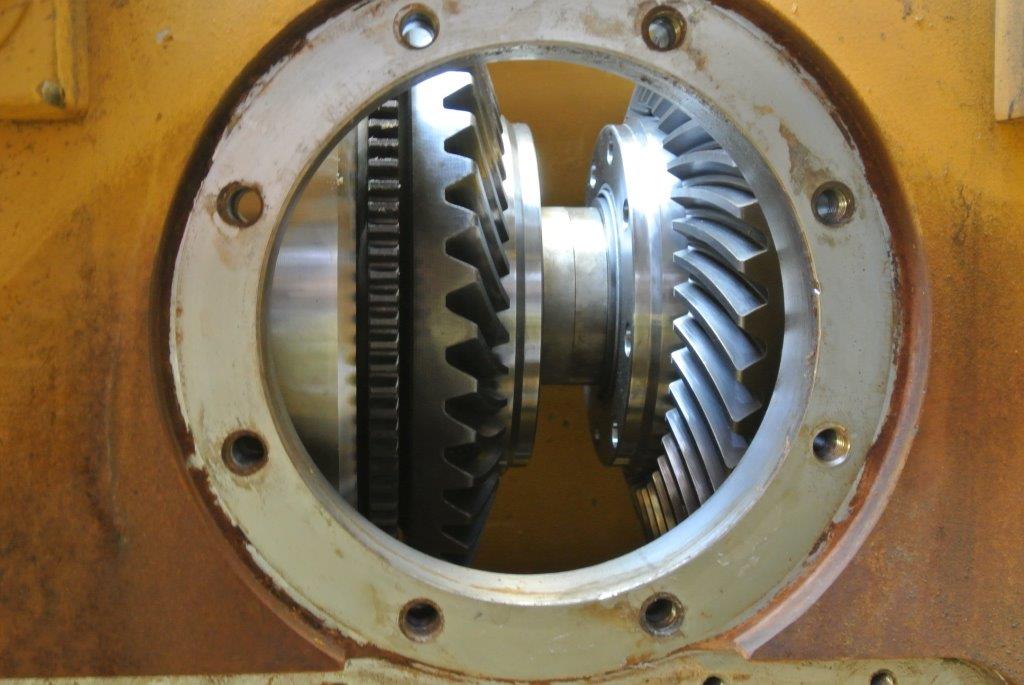Gear Ratio
Posted by Dan Ekstrom - Winch Expert on Apr 3rd 2018
Gear Ratio selection for PTO winches is critical. In the old days there was "standard speed", "slow speed", and "low speed" gear ratios, but there is some confusion about these terms today. Standard speed winches are commonly accepted in the logging industry and normally have gear ratios around 45:1 +/-. With the new super slow speed gear ratio winches around 150:1 the slow and low speed gear ratios of the past are now “relatively” slow, but not as slow as the new winches can be. For simplicity, I’ll just stick to gear ratio numbers to be safe.
Loggers prefer standard speed PTO winches around 45:1 for several reasons. Loggers make money by moving logs, and a faster line speed will move more logs in less time making them more efficient. PTO winches have the power to pull significant loads on each turn. A hydraulic winch is variable speed so it can have fast line speeds like 45:1, but as soon as you put a large load on the winch line the available line speed drops dramatically due to the variable speed motor. The hydraulic motor must step down it’s speed to pull the weight, so these winches are not recommended for production logging. Unless the timber is extremely huge, the winch is primarily used for recovery, or the winch is mostly used to purposes which require more control, the most common logging gear ratio is the standard speed around 45:1. A perfect example of a Logging winch is the Allied W6F which is still in production today.
In other industries slower speed gear ratios are better. Oil field exploration, pipeline construction, and recovery applications normally prefer slow speed gearing. The level of slow speed and fwd/rev ratio depends on application. Pipeline work, or any jobs that require controlled line-in and line-out, it’s best to choose a winch with equal speed gearing. As the load on the winch increases in extreme applications, it helps to have slower gear ratios for more mechanical advantage and power. The extreme applications and steep slope applications like Yo-Yo work usually work best with the slowest possible 150:1 ratio to allow the best control over heavy loads when available. Gear ratios near 100:1 are often the slowest available in and generate enough power to maximize the mechanical advantage of a PTO winch making the only limiting factor for max line pull the breaking strength of the cable. These winches often have max pull capacity for full-drum and bare-drum operations. Ratios slower than 100:1 offer more control, but unless you are able to put a wire rope with a higher breaking strength on the drum, it usually doesn’t increase your line pull capacity because the wire rope is the limiting component for max loads.
In over 30 years of winch experience we’ve seen some crazy damages to winches that were very costly. Mostly caused by operator error. Many could have been avoided if the correct winch and gear ratio was chosen. If you use a slow speed ratio in a high production and high cycle time application money will be lost in lost production efficiency. If you used a high-speed winch in a extreme load and high control application the damage to the winch is often catastrophic. Trying to use a high-speed winch for slow application causes thousands in damage to clutch packs and can shock load the power train stripping teeth off huge gears. Save yourself a lot of money and downtime by picking the right gear ratio first.
If you are not sure what ratio is right for you, please contact one of our winch experts for assistance.


